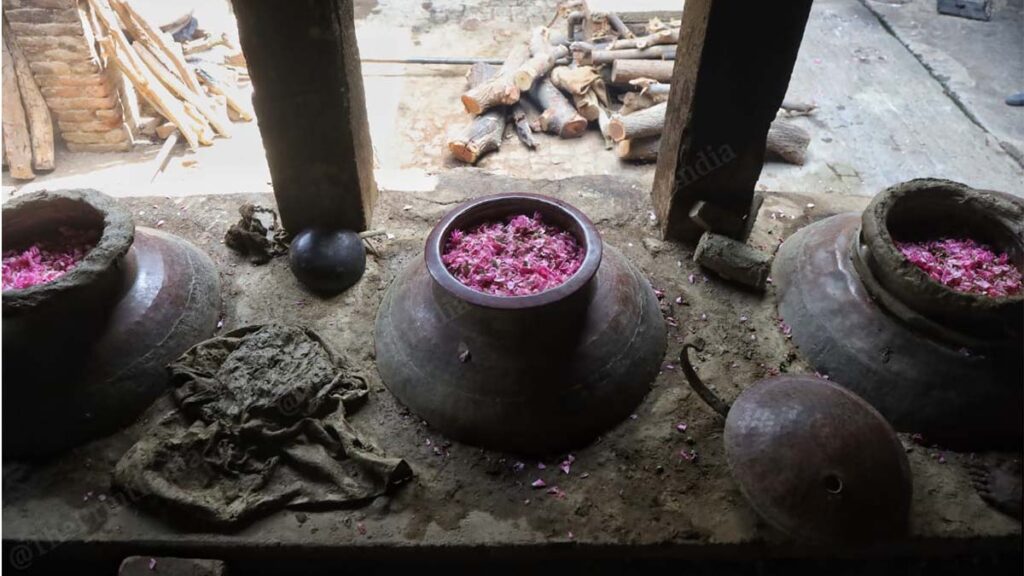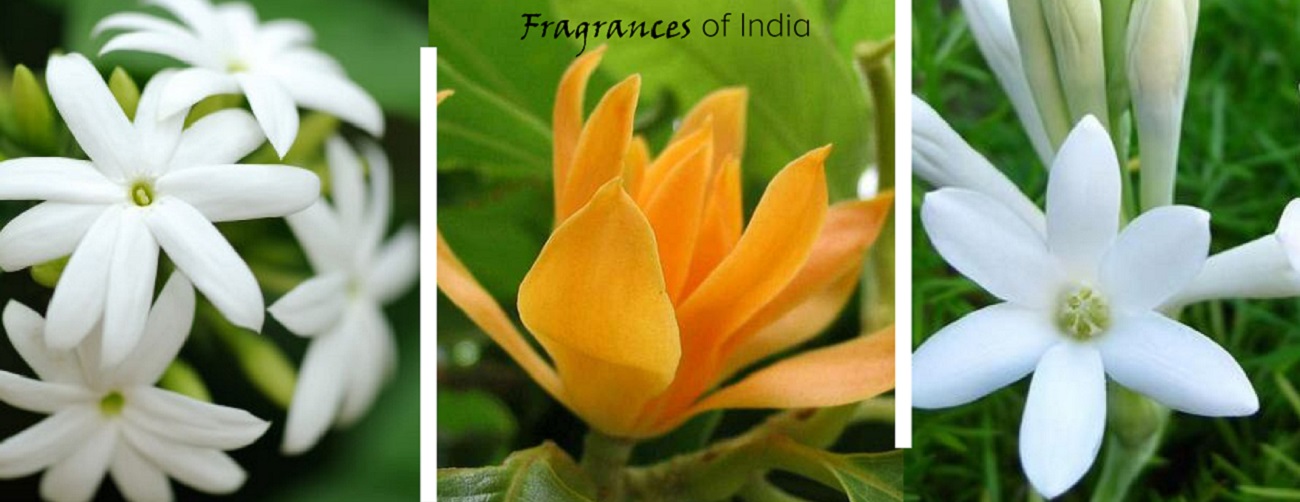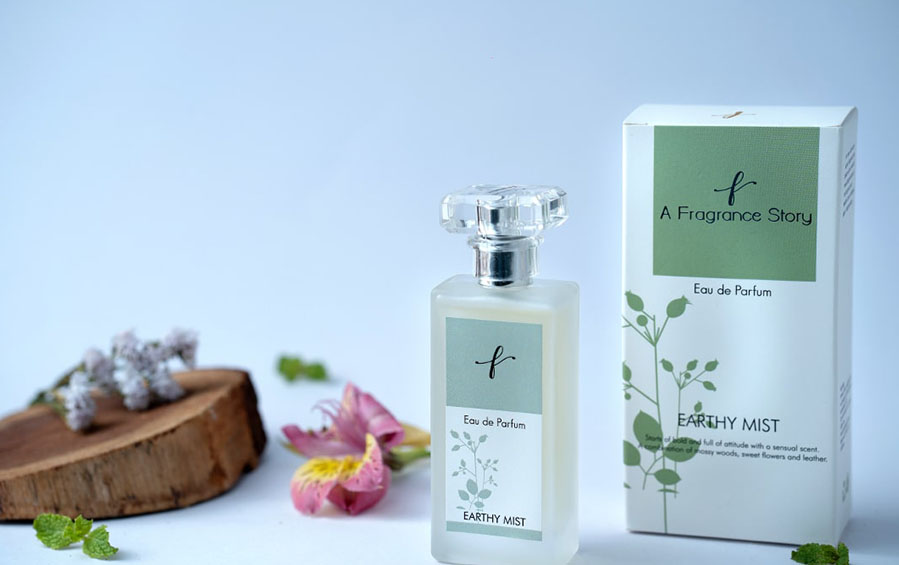In India, there is a deeply sentimental feeling that we associate with the unique smells of our country. These fragrances of India celebrate the multifaceted INDIC culture – its richness, its diversity and its beauty.
One of the 64 arts listed in Brahatsamhita (500 AD) by Varahamihira deals with ‘gandhayukti’ that is blending of perfumes (1). Indian Classical texts, Ayurveda and scriptures like Vedas make mentions of ‘sugandhi’, meaning well perfumed or fragrances (1). The earliest record of perfume-making in India can be found in the ‘Brihat Samhita’ (2). The correlation between fragrance and our holistic wellbeing found mention in Ayurvedic texts like Charaka Samhita and Susruta Samhita. Scents and fragrances have found importance in worship and healing in ancient India.
The preparation of perfumes was known from the sixth century A.D. Archaeologists believe that the art of making perfumes began in India during the Indus Valley civilization as early as 3000 BC (3). They recently have excavated distillation stills (3).

Known to be the world’s oldest civilization, modern-day India was once the hub of perfumes and scents. Ancient Indians achieved great technical understanding in crafting of fragrances. In the Mughal period (16th century), perfumes were called ‘itra’, ‘Ittar’or ‘attar’. The Ain-e-Akbar, or Constitution of Akbar, details Akbar’s regular usage of attar and incense sticks. The centre of ittar manufacture remains the town of Kannauj in Uttar Pradesh (2). The rich legacy of ancient Indian aromas has continued into the modern times of today. Indian fragrances are counted to be amongst the best and are considered to be some of the most unique smells world-wide.
Making ‘attar’ through hydro-distillation technique in Kannauj Pic Source: The Print
With its tradition of observing nature and creating products being inspired by Mother Nature, has been a long tradition in the Indian subcontinent. Fragrances have been created over the ages – from natural treasures of flowers, fruits, spices, soil, tree barks and roots. Each fragrance has its healing property. For example agar wood or oud – a resinous part of the non-timber Aquilaria tree (locally known as Agar tree), is a highly valuable product for anti-depression property as well as fragrance purposes. Fragrance of sandalwood is also known for its calming effect. Camphor is used to relieve chest congestion and inflammatory conditions. Saffron – Kesar has rejuvenating effect on mind and body.
We are happy to bring to you, INDIA | A Fragrance Story – a rich collection of Indic & India themed perfumes, made from the traditional and natural ingredients.
Sources:
(1) Itr: Ancient Indian Knowledge of Perfumery, National Science Centre, New Delhi, Retrieved on April 19, 2021, from https://artsandculture.google.com/exhibit/bgJyuEAUIIOfJw
(2) Technologies of Perfumery in India: Overview and the Case of Kannauj, Amrita Chattopadhyay, Sahapedia, Retrieved on April 19, 2021, from https://www.sahapedia.org/technologies-of-perfumery-india-overview-and-the-case-of-kannauj
(3) “The Perfumed Past”, William Dalrymple, LiveMint, 2nd Sept 2017
(4) How Did Kannauj Become a Perfume Capital, National Geographic, Retrieved on April 19, 2021, from https://www.nationalgeographic.com/travel/article/how-did-kannauj-become-a-perfume-capital






